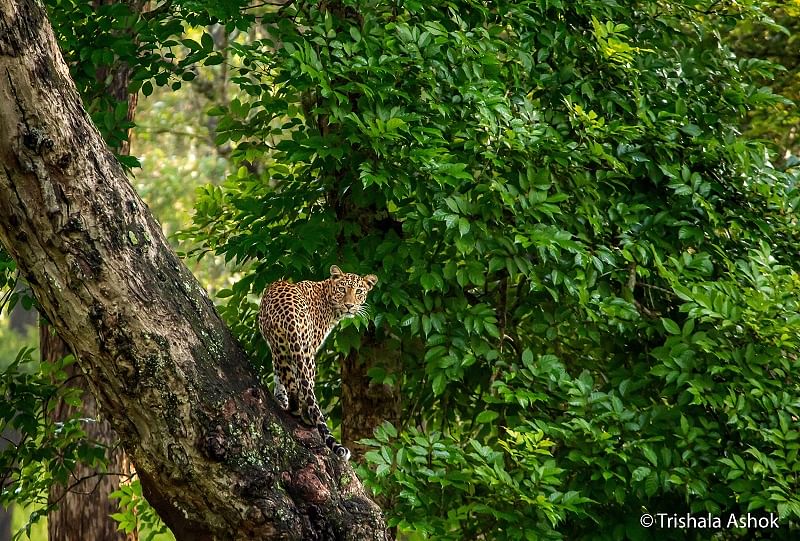
India has lost 75 to 90% of its leopards over the last century, says a new study by wildlife researchers, who advocated the same level of conservation for leopards as received by the tigers.
Game hunting in the pre-independence era, habitat fragmentation, loss of prey population and wildlife trade are the key reasons behind the dwindling numbers. “Leopards have experienced a human-induced 75-90% decline in the last 120-200 years,” the researchers found.
In 2016, the first Indian leopard census threw up a figure of 7,910 spotted cats in the tiger parks of 13 states (barring the North East). Since leopards also live outside protected forests, it was estimated that there could be 12,000-14,000 leopards in India.
Following a six-year-long survey, Karnataka Forest Department and Nature Conservation Foundation in 2018 reported the presence of 363 leopards in the southern state.
The new research suggests the numbers of the spotted cats were much more in the not-so-distant past. “Leopards are highly adaptive species. If they are in trouble, its bad news,” Krithi Karanth from Bengaluru-based Centre for Wildlife Studies and a team member told DH.
The wildlife scholars from the CWS and Wildlife Institute of India, Dehradun collected faecal samples and identified 56 unique individuals using a panel of 13 genetic markers. They merged the data with an already available data-set on 143 individual leopards to identify the population structure and recent decline in leopards.
The spotted cats are now found in pockets and four such areas are distinctive, though they also had lost the big cats big time.
The Western Ghats lost nearly 75% of its leopard population while the loss in semi-arid zones of Deccan Plateau is 90%. In the Shivalik landscape and Terai regions bordering Nepal, the loss is 90% and 88% respectively.
The good news, however, is that in each of these locations the animals retain a high level of genetic variation – a pattern found in Africa.
“The Western Ghats retains possibly the largest contiguous forested landscape with multiple interconnected protected areas, whereas the other regions have lot of human activities, possibly affecting leopard populations living in them,” the scientists reported in the journal Peer J – Life and Environment earlier this month.
The study not only suggests that leopards demand similar conservation attention like tigers in India, but also emphasises the importance of similar work on wide-ranging and commonly perceived as locally abundant species, as it is possible that they may show population decline.
The finding comes out days after the Supreme Court allowed the introduction of African Cheetah in the Indian landscape nearly 70 years after Cheetah became extinct in India.
